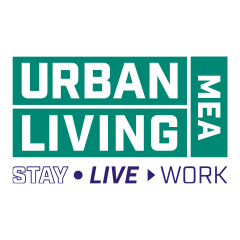Its figures show there were 3,831 extended stay hotels in the US at the end of 2016, up more than 200 from the year before. There were 146 million room nights available at extended stay hotels last year, up 5.7 per cent from 138 million in 2015. As of June, the number of room nights available was up 6.3 per cent compared to the same time last year, according to STR.
"Upper tier developers like Residence Inn and Homewood Suites have increased the size of their portfolios very significantly," said STR researchers. In the mid and economy tiers, brands including Woodspring Suites and Extended Stay America have also been building new properties, while InTown Suites launched its Uptown Suites brand.
The balance between supply and demand has worked out to an average sector occupancy rate of around 75 per cent since 2011. The occupancy rate averaged 75.4 per cent between January and June 2017.
Room rates at extended stay hotels are going up significantly faster than inflation. The revenue per available room (RevPAR) rose to an average of $75.25 in 2016, up 3.3 per cent from $72.86 the year before. RevPAR is rising even more quickly this year, averaging $77.26 from January through June - up 3.7 per cent compared to the same period in 2016.
Extended stay hotel rooms make up approximately three per cent of all US hotel rooms.
STR said brand and evelopers have concentrated their investments in places where people are likely to need hotel rooms for weeks or months, like employment centers or large hospital centers. "The developers and the brand people have been doing a very good job of targeting where the demand is," said Bobby Bowers, senior vice president at STR.
Click here to see a video interview about the US extended stay sector with STR's Alison Hoyt, filmed at the 2017 Serviced Apartment Summit Americas. The 2018 event will feature a panel discussion on the segement, debated by industry leaders.
















